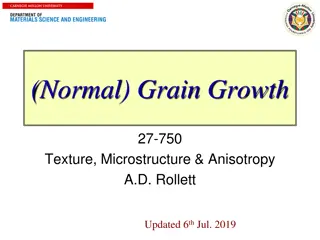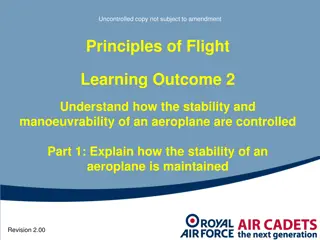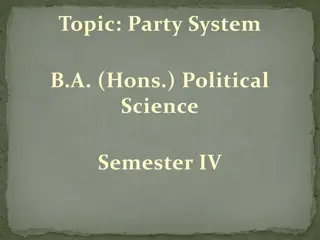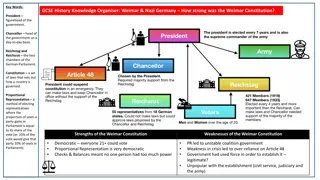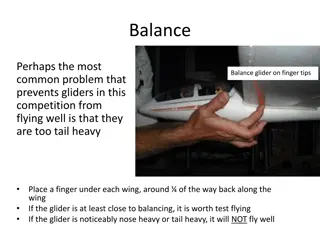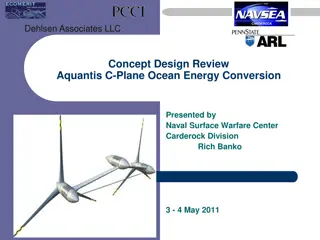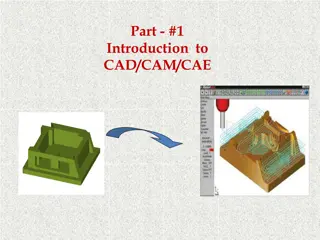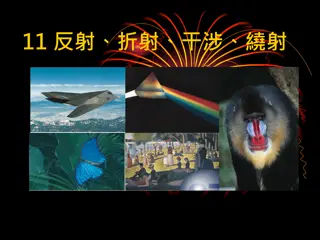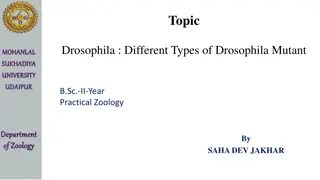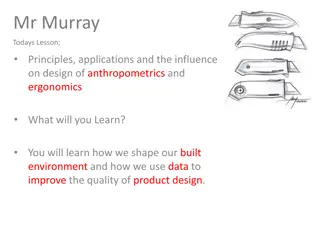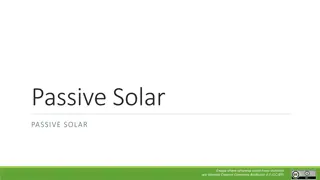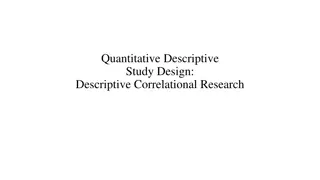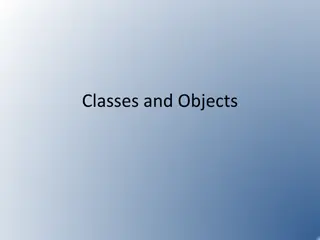Understanding the Design of Airfoils and Wing Dihedral
The design of airfoils and wings involves key terminologies like mean chamber line, leading edge, trailing edge, chord line, and camber. Dihedral is an important aspect of wing design that affects stability and control. Aerodynamic forces on a wing, like lift and drag, are crucial for flight performance. Resolving aerodynamic forces into normal and axial components is essential for rocket design. Variations in lift, drag, and moments on an airfoil impact aircraft performance significantly.
Download Presentation

Please find below an Image/Link to download the presentation.
The content on the website is provided AS IS for your information and personal use only. It may not be sold, licensed, or shared on other websites without obtaining consent from the author. Download presentation by click this link. If you encounter any issues during the download, it is possible that the publisher has removed the file from their server.
E N D
Presentation Transcript
U3_L1_ALL2 Aerodynamics and Airfoils Class: 5 CM/TL School year: 2017-18 Prof. Massimo Eccher
WINGS and AIRFOILS Adapted from: http://www.aerospaceweb.org/question/design/q0101.shtml An airfoil is the shape of a wing. An airfoil-shaped body moved through a fluid produces an aerodynamic force.
HELP ME with AIRFOIL TERMINOLOGY Adapted from: http://www.aerospaceweb.org/question/design/q0101.shtml Mean Chamber Line: Set of points halfway between .. and surfaces measured perpendicular to mean chamber line itself Leading Edge: Most forward point of mean .. Trailing Edge: Most reward point of mean . Chord Line: Straight line connecting . Chord, c: Distance along the chord line .. to trailing edge Camber: . distance between line and line measured perpendicular to chord line
Tell me everything can you about the design of these wings dihedral All images are licensed under BY Creative Commons.
THE AERODYNAMIC FORCE ON A WING Relative Wind: Direction of V We used subscript to indicate far upstream conditions Angle of Attack, Angle between relative wind (V ) and chord line Total aerodynamic force, R, can be resolved into two force components Lift, L: Component of aerodynamic force perpendicular to relative wind Drag, D: Component of aerodynamic force parallel to relative wind https://aviation.stackexchange.com/questions/28019/what-factors- determine-the-direction-of-the-resultant-force-vector
RESOLVING THE AERODYNAMIC FORCE: ROCKET Aerodynamic force, R, may also be resolved into components perpendicular and parallel to chord line Normal Force, N: Perpendicular to chord line Axial Force, A: Parallel to chord line L and D are easily related to N and A For airfoils and wings, L and D most common For rockets, missiles, bullets, etc. N and A more useful ? = ?cos? ?sin? ? = ?sin? + ?cos? https://aviation.stackexchange.com/questions/28019/what- factors-determine-the-direction-of-the-resultant-force-vector
VARIATION OF L, D, AND M WITH Lift, Drag and M on a airfoil or wing will change as changes Variations of these quantities are some of most important information that an airplane designer needs to know Aerodynamic Center Point about which moments essentially do not vary with Mac=constant (independent of ) For low speed airfoils aerodynamic center is near quarter-chord point
SAMPLE DATA: SYMMETRIC AIRFOIL Adapted from: https://www.quora.com/How-is- lift-generated-with-symmetrical-wings Angle of Attack, A symmetric airfoil generates zero lift at zero
SAMPLE DATA: CAMBERED AIRFOIL Adapted from: https://www.quora.com/How-is- lift-generated-with-symmetrical-wings Angle of Attack, A cambered airfoil generates positive lift at zero
WHY DOES LIFT CURVE BEND OVER? NO LIFT FLIGHT STALL Source: http://www.formula1-dictionary.net/coanda_effect.html




